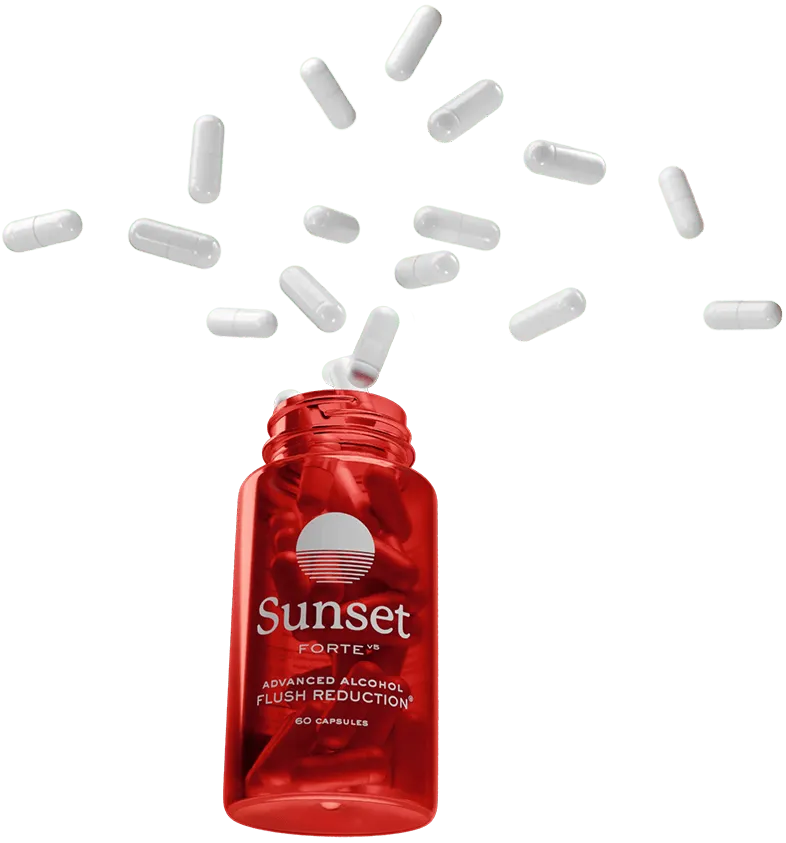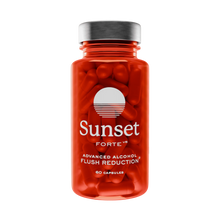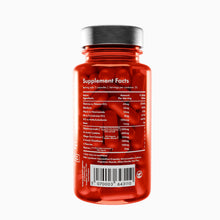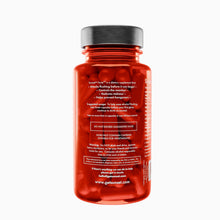Why Do I Get Drunk So Fast?

⏱️ TL:DR ∙ Article in 20s
There are several reasons why you may be getting drunk faster, including age, body composition changes, genetics affecting alcohol metabolism, drinking habits like consuming alcohol quickly or on an empty stomach allowing faster absorption, and interactions with medications or diet soda mixers accelerating intoxication. As we age, our bodies also break down alcohol and its byproducts less efficiently allowing more time for those toxins to exert their negative effects on the body. There are over the counter supplements, however, that support the liver in removing alcohol, preventing getting drunk quite so quickly and reducing other negative symptoms. Read on to find out what supplements we recommend and how to take them most effectively.
- Why do I get drunk so fast?
- How food factors in
- Alcohol tolerance factors
- Aging's role in alcohol metabolism
- Alcohol intolerance & allergies
- Drinking velocity
- Mixing alcohols
- How medications affect things
- The type of alcohol
Share this article
Copy and paste this link
Have you ever felt a buzz quicker than you expected after only a sip or two of wine? It's a common occurrence some nights but not others. This frustrating mystery taps into complex variables affecting how our bodies metabolize alcohol, some specific to us and others to our circumstances each time we imbibe.
While we may not control them all, understanding why we sometimes get drunk remarkably fast despite drinking comparable amounts offers us power over a vexing situation. Delving further also reveals strategies to help pace drinking more intentionally on the occasions we’d rather relax with alcohol than overindulge accidentally.
If you've ever wondered or worried “why do I get drunk so fast?,” you’re not alone - let’s unpack what might be at play together.
Why do I get drunk so fast?
First thing to consider is: have you always gotten drunk quickly, or is this a new situation? If you’re discovering that you can’t drink alcohol like you used to, that’s okay! Age plays a huge role in why we can’t handle alcohol as effectively, and could be the cause of why you get drunk so fast.
How drunk you feel depends on the Blood Alcohol Concentration (BAC). This number depends on a few factors, which in turn will impact how quickly you’ll get drunk.
Factors that impact BAC:
- The percentage of alcohol in the drink
- The amount of alcohol you are drinking
- How quickly you’re drinking
- Water in the body
- This depends on your age, your body volume and the proportion of fat to muscle (ex. there’s a lot more water in muscles than in fat)
- Genetic factors like alcohol intolerance
Here’s some other causes to keep in mind:
Are you drinking on an empty stomach?
Studies have shown that those who drink alcohol on an empty stomach will feel the effects of alcohol much quicker. Have food in your stomach helps “soak up” the alcohol while your body works to break everything down. If your stomach is completely empty, it’s easier for alcohol to slip right into your system and impact you much quicker.
It can also depend on what type of food you’re eating. Some believe that eating low-fat or fat-free foods can impact how drunk you get and how quickly. Foods with a higher fat content take more time to leave the stomach and can slow the rate at which your body absorbs the alcohol from your digestive tract.
Is your alcohol tolerance low?
Not having a drink in a long time can lower your tolerance for alcohol. That means that you’ll likely get drunk faster than before.
How old are you?
Unfortunately, as we age our bodies are less effective at breaking down alcohol. This means that our system gets flooded with alcohol and our body struggles to get rid of it. Older people also have less body water and are more likely to be on medications that could interfere with alcohol. If you want to learn more, check out: Why can’t I drink alcohol like I used to?
Alcohol also impacts women more than men. Women typically have less water in their bodies compared to men, so alcohol will have more of an impact.
Do you have alcohol intolerance?
Alcohol intolerance (commonly referred to as Asian Flush) is a genetic mutation that makes it harder for the body to metabolize alcohol. This is similar to those who struggle to break down alcohol because of age, but for those with alcohol intolerance, this condition is in place since birth.
For those with alcohol intolerance, even a few sips of alcohol can cause negative reactions and the individual might believe they’re “just drunk.” Actually, they are experiencing alcohol flush reaction which symptoms include:
- Headache
- Dizziness
- Feeling hot
- Congestion
- Nausea
- Restricted breathing
- Red face (including red skin on the shoulders, upper chest, neck and face)
Not everyone with this condition experiences all of these symptoms, or to the same degree. However, those with alcohol intolerance are not actually drunk when these symptoms show up. They are actually a reaction to alcohol itself, which can be reduced by taking Asian glow pills.
How quickly are you drinking?
We know that drinking alcohol quickly will cause you to feel drunk much quicker than if you were to sip at a drink over a longer period of time. It takes about one hour for the body to break down one unit of alcohol. If you’re drinking more than one unit per hour, it’s pretty easy for you to get drunk since your body can’t keep up.
Drinks that are really cold are usually good for this because it forces you to drink them slower. As expected, taking multiple shots of alcohol can get you drunk very quickly in a short amount of time.

What are you mixing your drinks with?
One study found that drinks mixed with diet soda can impair a person slightly more than regular soda.
Published in Alcoholism: Clinical and Experimental Research, the study showed that in two different sessions, participants drank the equivalent of 3-4 mixed drinks in a short period of time. When they drank vodka mixed with regular soda, their peak blood alcohol level measured 0.077. However, when they drank vodka mixed with diet soda their blood alcohol measured 0.091.
Of course this isn’t a huge difference, and more research is needed, but it’s something to keep in mind.
Dennis L. Thombs, PhD, professor and chair of the department of behavioral and community health at UNT Health Science Center, believes this is down to sugar and alcohol. “The best way to think about these effects is that sugar-sweetened alcohol mixers slow down the absorption of alcohol into the bloodstream,” he said. “Artificially sweetened alcohol mixers do not really elevate alcohol intoxication. Rather, the lack of sugar simply allows the rate of alcohol absorption to occur without hindrance.”
Are you on any new medications?
Many medications and prescriptions can interfere with how your body deals with alcohol. You might have been able to drink 4-5 drinks before feeling drunk. However, on a new medication, it may only take 1-2 before you feel the same effects.
If you are prescribed a new medication, make sure to check with your doctor before drinking alcohol.
What are you drinking?
As expected, not all drinks have the same amount of alcohol content. If you choose drinks with more alcohol, it's easier to get drunk quicker. Whiskies, Absinthe and vodka have high alcohol content, compared to a low-alcohol drink like a shandy. It will also depend on whether you're having non-alcohol drinks in-between drinking alcohol. The more water or non-alcohol you have, the easier it will be for your body to handle alcohol.
Enjoy drinking again and get Sunset Alcohol Flush Support for
33% off while stocks last!
What’s inside?
We use a pharmacist-formulated blend of Glutathione, Dihydromyricetin, Cysteine, L-Theanine, & B Vitamins to stop alcohol flushing before it can begin.
Learn more
94% of people who try Sunset are satisfied with the results.











